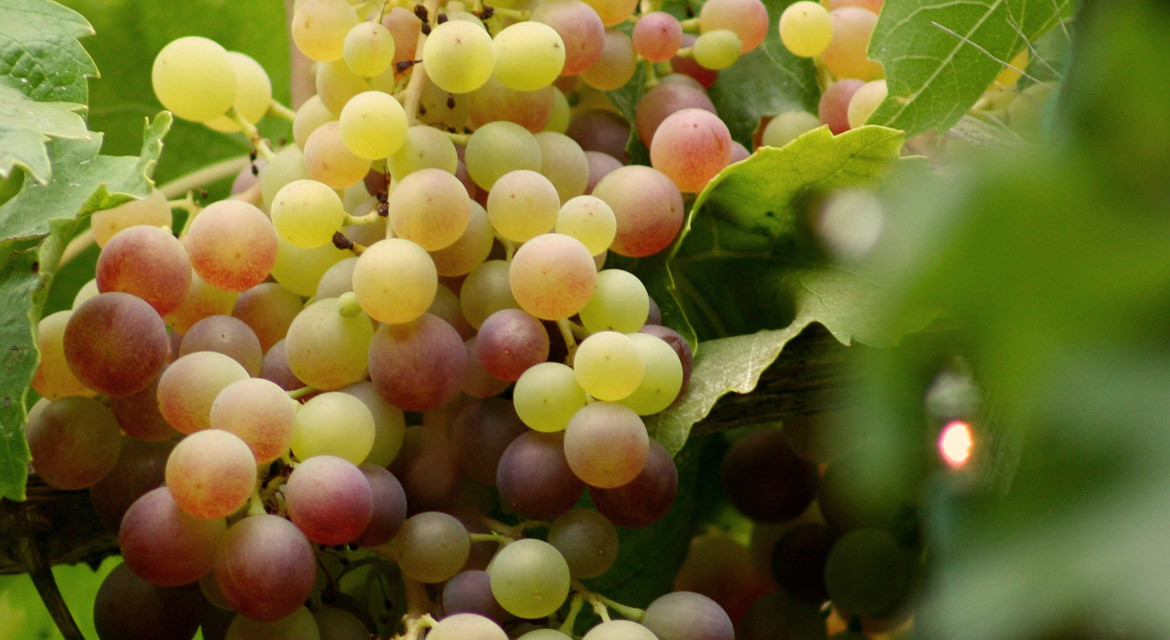
Since every industry is unique, none more so than the wine business, attempting to apply standard techniques of valuation methodology is less than futile. While the ability to “turn a profit” should never be minimized, “Brand” name and perceived wine quality, exemplified by attaining “awards” and recognition, often carry more weight in perceived value than might be expected to a prospective “financial” Buyer. Add to that the problem of wine aging. That the commercial production cycle of wine is years, not days (or even hours) like in other “manufacturing” businesses. To be able to sell in any one year a million dollars worth of wine, you must have an inventory of twice, even three times that much aging in barrels, tanks and bottles. Considering the competitive nature of the wine industry, what many refer to as the glut of wine on the market, and the resulting slim margins, well, now you can start understanding the conundrum presented to the professional asked to put a value to a winery business. So what are the “value contributors” to a winery business? As mentioned above the inventory is a very dominant deciding factor to come up with a minimum value. The frequently decisive excess cash flow method, so often the base point to value another type of business will very seldom provide a realistic value for an operating winery. The value one can arrive to using such calculation will most often result in a number a decimal point too short of the inventory value. Prestige is a hard item to put any real number to, but a winery consistently producing prestigious award winning wines will be lot more desirable to purchase that one marketing the same volume, or same dollar value annually, but selling inferior wines. Consequently in the winery business “branding” goes well beyond that of other business’ brand values. “Normal” businesses are valued by a number of different, well established methods. Just to list a few:
1. Discounted cash flow (DCF) analysis
2. Multiples method
3. Market valuation
4. Comparable transactions method
Why any of these methods cannot be applied to wineries? Inventory values create the first show stopper as mentioned above. Passion, prestige, pride, having fun (and drinking good wine) also play into value. As I have often said, wineries are like US professional sport franchises, you don’t have much in the way of profits while you operate it, but it all comes back when you sell it. The space here is insufficient to go into details how to value wine inventory. Owners like to believe (in the nonsense) that the fair value of wine in the barrels (or must in the tanks) equals to the retail value it will be eventually sold for in the tasting room or stores. Buyers like to buy at the inventory at cost. I. e. at the cost of grapes, (how do you come up with that number, if the winery owns its vineyards – just the wages of pickers?) barrels and storage costs. The true value is somewhere in between those numbers, subject to negotiations. One interesting and relevant reference point may be the market value of comparable advertised bulk wine on the market.
Another impossible number to come up with is the goodwill or brand value. The Seller and the Buyer will have opinions which will probably differ in magnitude, not just a few percentage points. Number 4 valuation method above, comparing to other wineries/vineyards sold, is actually a sound idea, except hard to obtain.
The assistance of expert professionals can bring the parties closer to realistic values and ultimately to a fair transaction.